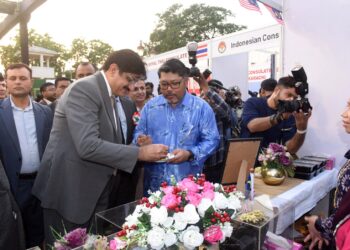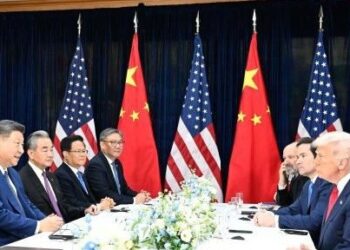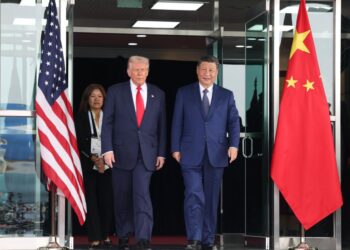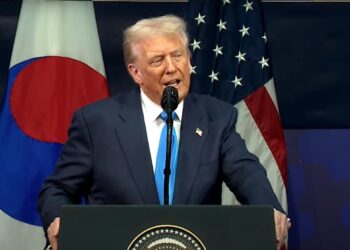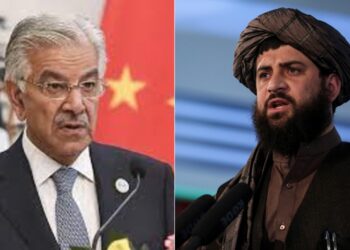The new metro station will rise 74 meters above
ground, making it the tallest of its kind
globally. The foundation stone laid
Correspondent
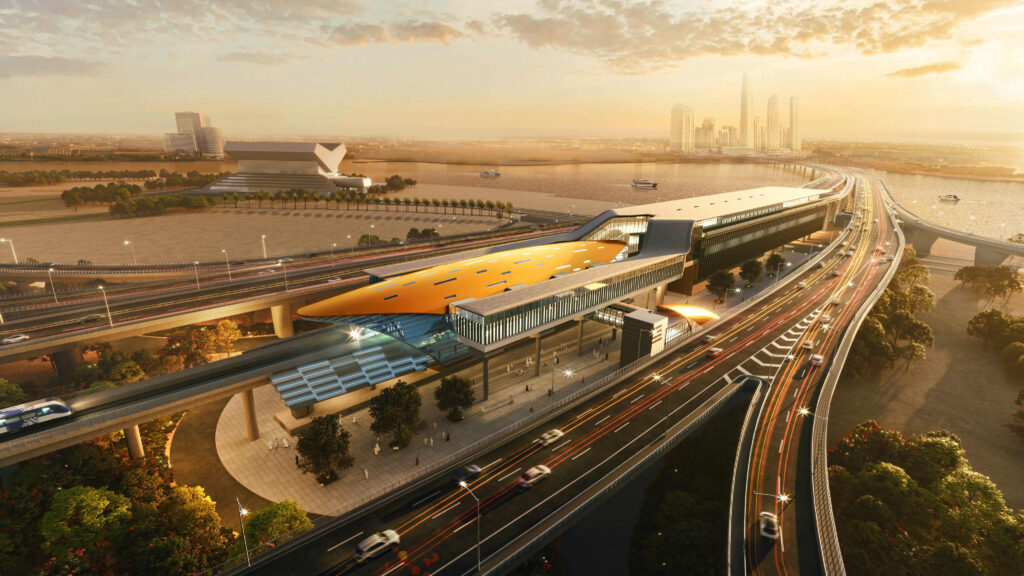
Dubai, UAE – Dubai is set to break another world record with the construction of the highest metro station in the world, part of its ambitious Blue Line metro expansion project worth over Dh56 billion.
The new metro station will rise 74 meters above ground, making it the tallest of its kind globally. The foundation stone for this historic project was laid by Sheikh Mohammed bin Rashid Al Maktoum, Vice President and Prime Minister of the UAE and Ruler of Dubai.
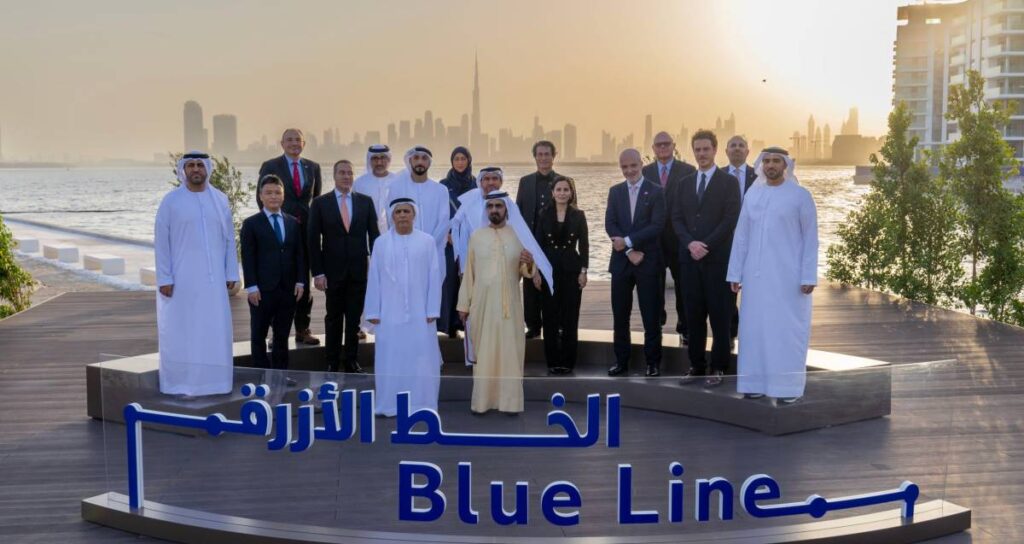
Blue Line Metro to Launch on September 9, 2029
The Blue Line will be officially launched on September 9, 2029, marking the 20th anniversary of the Dubai Metro. Once completed, it will add 30 kilometers of track and expand the Dubai Metro network to a total of 131 kilometers across 78 stations.
The new line will connect nine major areas of Dubai and integrate with both the Red Line (Centerpoint Station) and Green Line (Creek Station).
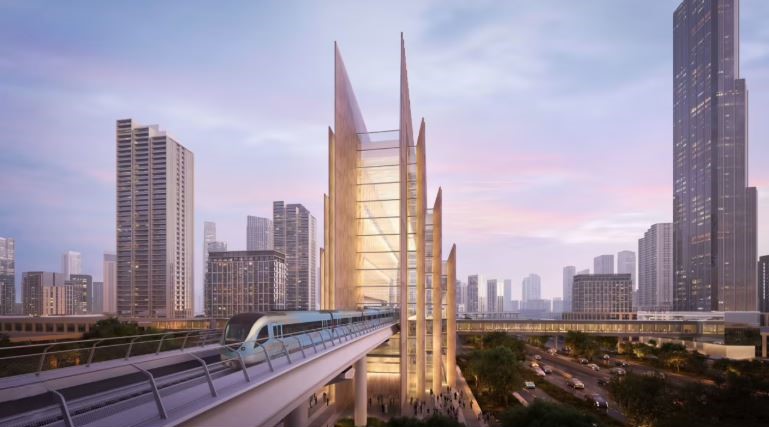
Key Stations on the Blue Line
The Blue Line’s main interchange stations will include:
- Al Jaddaf
- Al Rashidiya
- International City One
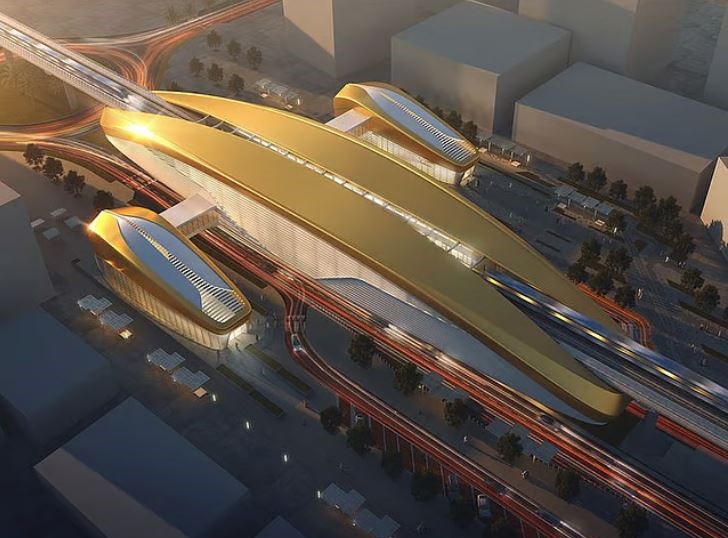
Other key stations will serve:
- Mirdif (near Mirdif City Centre Mall)
- Al Warqa
- International City Two and Three
- Dubai Silicon Oasis
- Dubai International Academic City
- Dubai Festival City
- Dubai Creek Harbour
- Ras Al Khor Industrial Area
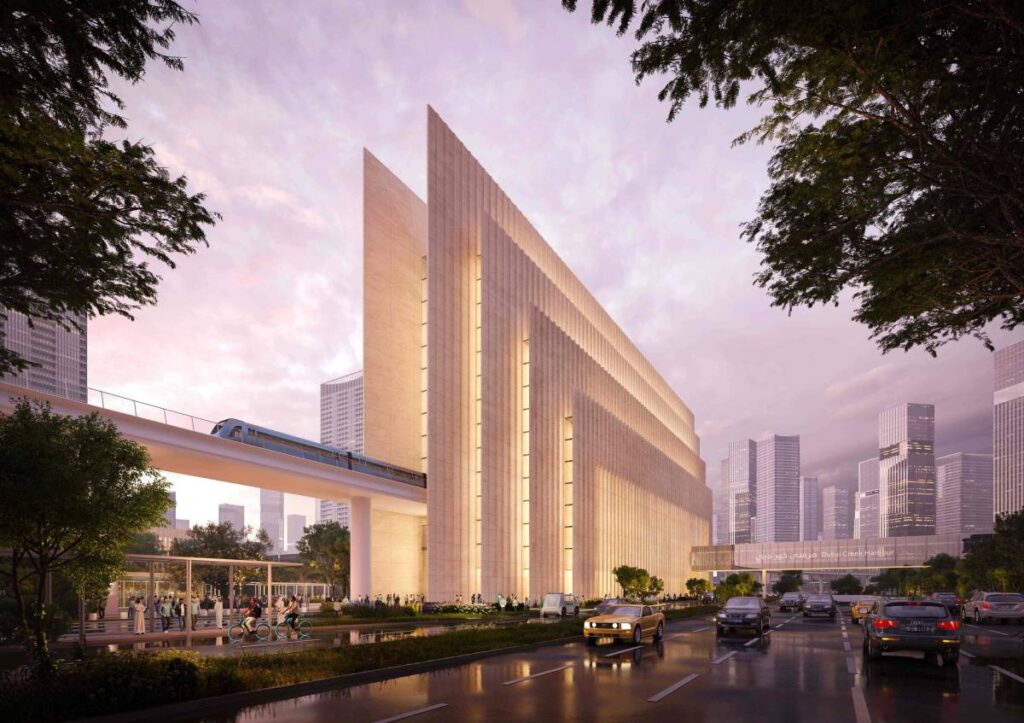
Metro Track to Cross Dubai Creek
A major highlight of the Blue Line will be a 1.3-kilometer bridge over Dubai Creek, making it the first-ever metro track to cross the creek.
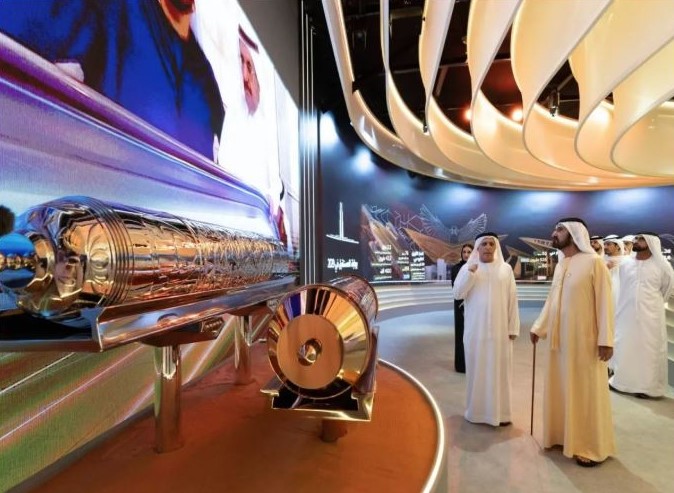
Massive Dh56 Billion Investment in Infrastructure
The total cost of the Blue Line mega project is estimated at Dh56 billion (approximately Rs43 trillion). The project underscores Dubai’s commitment to expanding its world-class public transportation system.
Currently, the Dubai Metro’s Red and Green Lines are serving millions of passengers annually. With the Blue Line, Dubai aims to boost connectivity, ease traffic congestion, and modernize its metro network to meet future urban demands.

